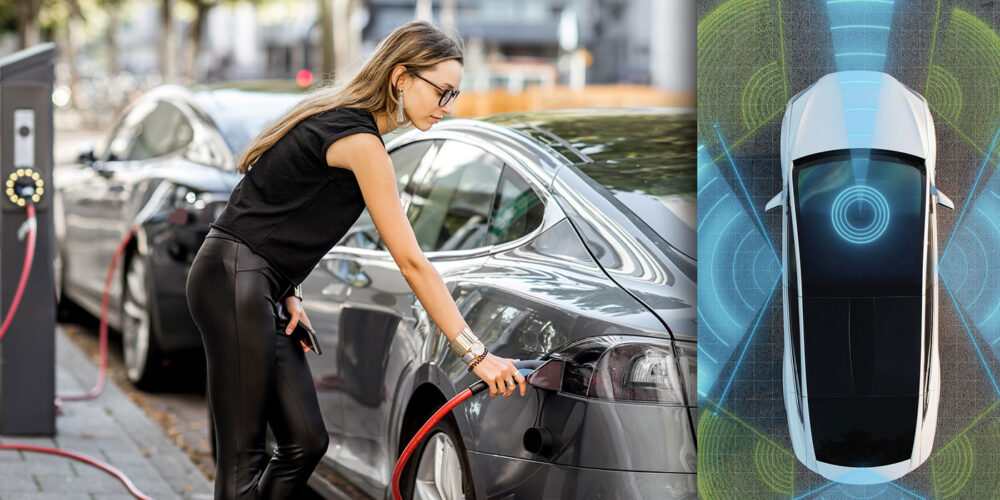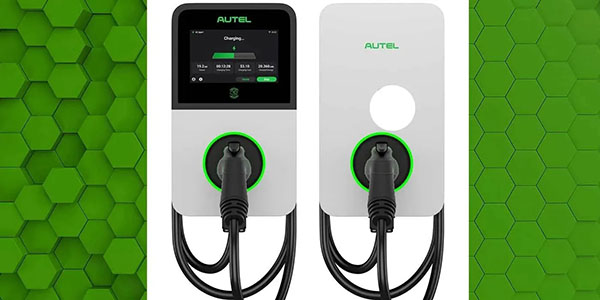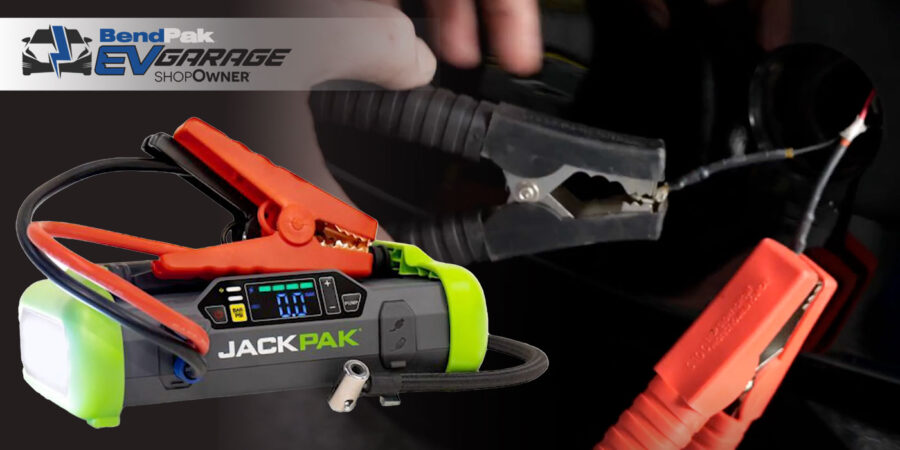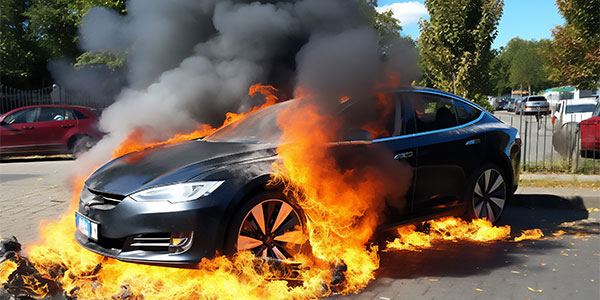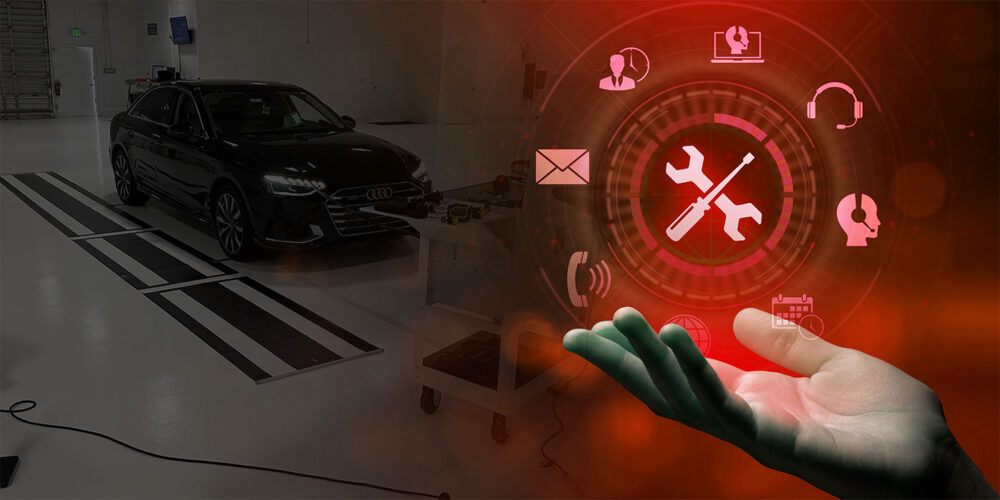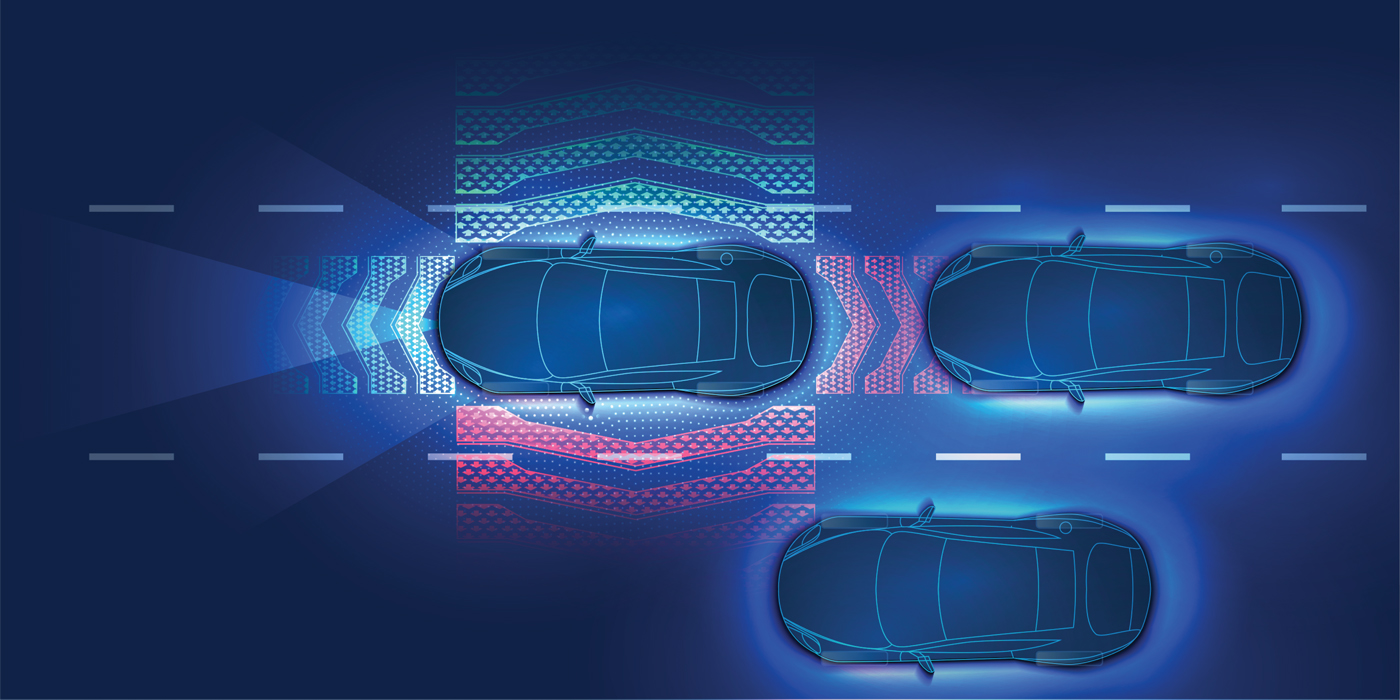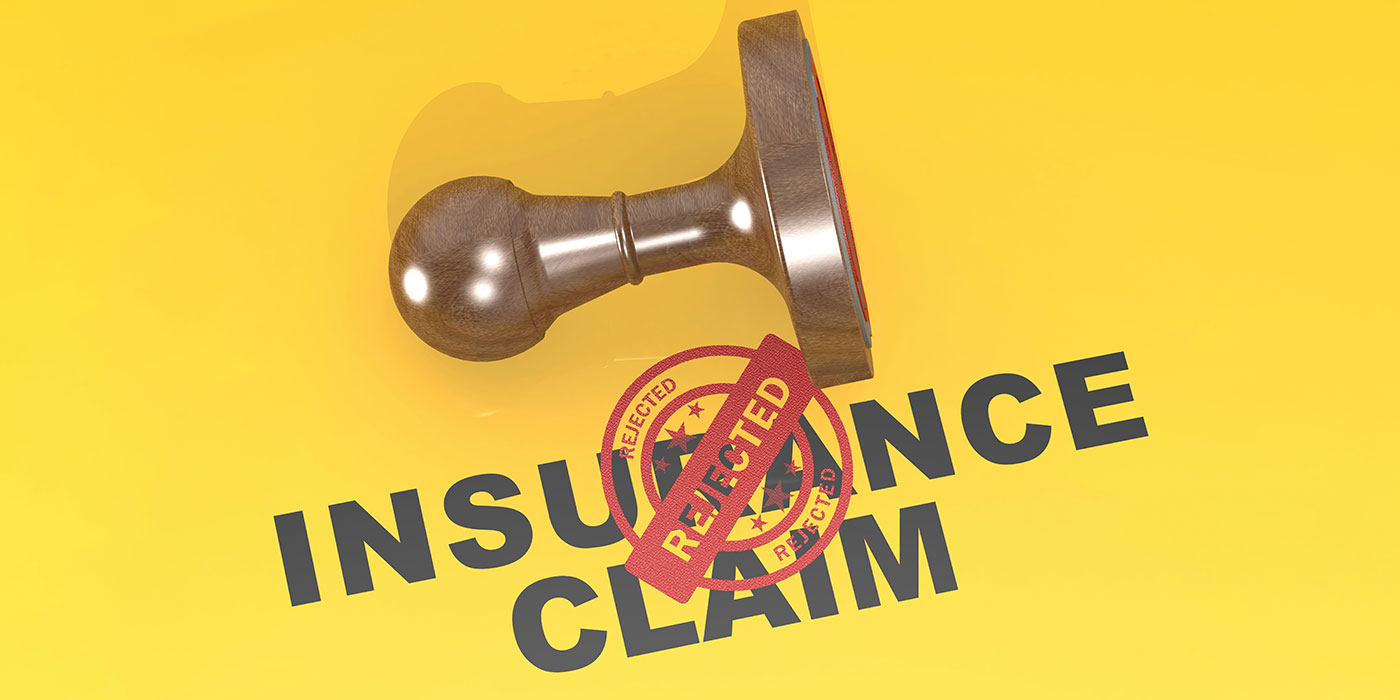The sales of electric vehicles (EVs) made significant strides in 2022, and not just because inventory levels of gas-powered vehicles were still depressed. Aided by stricter emissions goals introduced by the government, more people are becoming interested in EVs. And if the U.S. had a better charge infrastructure, the number of EVs on the roads might already be triple what it is today.
Sure, EVs are cool and trendy, and they certainly reduce our nation’s carbon footprint. But what are the realities of servicing EVs? And, almost more importantly, is our nation’s network of collision repair and service technicians ready to service them once sales of these cars and trucks really begin to take off?
Repair Costs
Currently, based on insurance claims data, many industry observers are noting that EVs can be noticeably more expensive to repair. Sure, EVs are mechanically simpler than gas-powered vehicles in that they have fewer moving parts. Furthermore, there’s no engine oil that needs to be contained, pressurized, circulated, cooled, recirculated, topped up occasionally and changed when the oil gets dirty. This alone should lower the cost of service and repair.
Collision repairs, on the other hand, are not oil changes.
Data from information groups tracking EV penetration in the U.S. found that, based on actual insurance claims for small, non-luxury-brand cars with front-end damage that were still drivable, the average EV model cost $4,041 to fix. This represents a 27% increase compared with the average gas-powered unit seeking similar collision repairs. Mid-size luxury-brand SUVs saw the average for similar claims totaling $8,037 in repairs for EVs, 53% higher than non-EVs.
More Technology
Of course, it’s nearly impossible to do a complete apples-to-apples comparison, but the sample sizes continue to grow. What’s more, there is a lot more technology embedded in cars and trucks today. EVs are loaded with more advanced driver-assistance system (ADAS) features in many cases, for example. And regardless of whether it’s a gas-powered vehicle or an EV, today’s technicians must be properly trained to run diagnostic system and network checks on the technology now in vehicles, including ADAS systems, LIDAR and collision avoidance.
Many collision centers and technicians are now partnering with strategic service partners who can help with state-of-the-art diagnostic and reprogramming tools and understand all the intricacies of vehicle technology for today’s tech-centric vehicles, including EVs. These partners have pioneered the development of diagnostic and programming equipment based on the automotive SAE J2534 and heavy-duty TMC RP1210 vehicle communication standards.
New Tools
As vehicles have become more complex with new systems to increase safety and driver convenience, they have also become more challenging to maintain and repair. Technicians need the help of diagnostic tools to help identify faults after a breakdown or accident and the reprogramming support and software needed to complete repairs. The diagnostics include remote technical assistance and regular software updates that analyze live vehicle data so vehicle experts can help remotely analyze any problem as soon as the automotive service technician requests support.
Technicians are also leveraging plug-in programming solutions when they need to reprogram a vehicle’s on-board systems after a breakdown, accident or collision. Partners can provide remote assistance, helping technicians complete programming and configuration tasks using the most up-to-date manufacturer software.
Other services include white label products and services for other manufacturers, distribution channels and diagnostic companies related to diagnostics, vehicle communications, telematics and data logging.
Additional support is now available and designed to assist automotive repair and collision technicians with difficult SAE J2534 programming tasks. The plug-in solution helps technicians finish the job correctly so they can keep the customer’s vehicle in their shop and increase profit and customer satisfaction. The kits used by technicians include all the components required for a successful service, including a windows tablet with applicable OEM software, a J2534 device, battery maintainer and wireless modem — plus collision repair shops can leverage electronic control unit (ECU) programming, coding, pre- and post-repair scans or calibration checks.
Summary
Today, EVs can be tricky and costly to repair. However, even with gas-powered vehicles, the increased amount of technology found in each vehicle can make the technician’s job more challenging. With the right collision and repair technology from strategic partners, collision and repair shops can service each vehicle appropriately and help ensure each customer that the job was handled properly.

